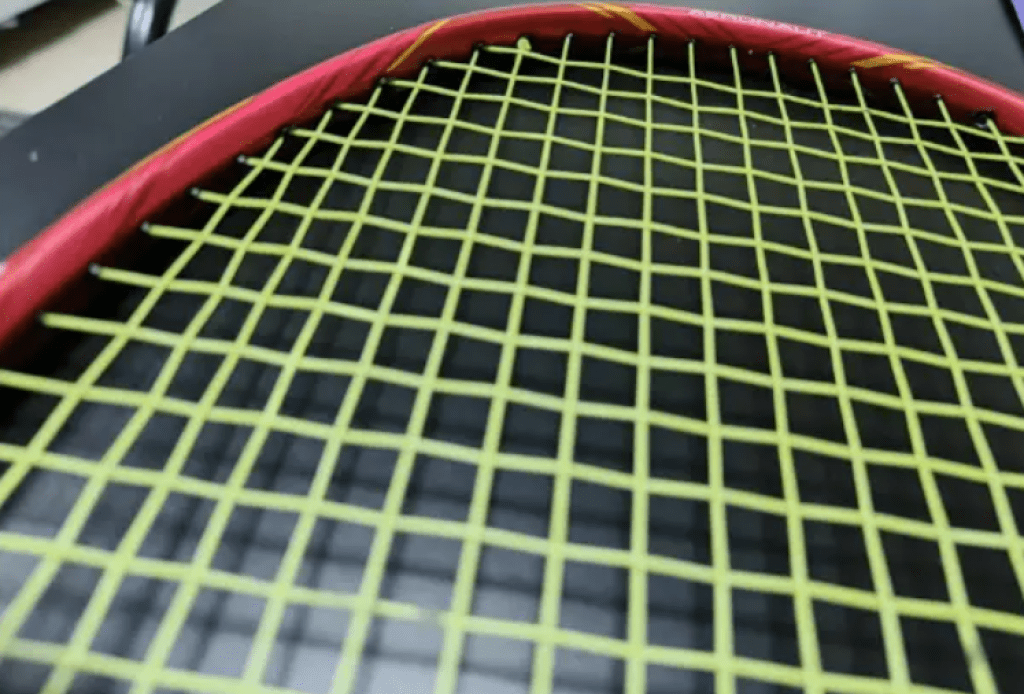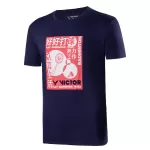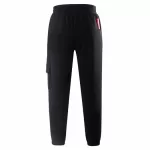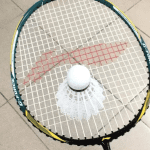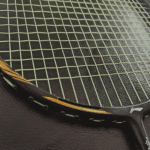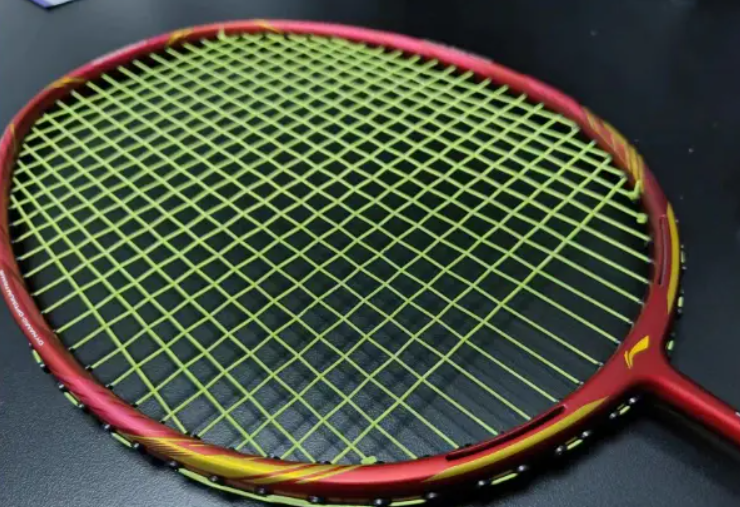
Badminton Racket Li-Ning AERONAUT 4000B Reviews
“Beautiful exteriors are everywhere, but interesting souls are rare”—who said this? While the latter part is undeniable, I still have a soft spot for attractive designs.
For many beginners choosing a racket, beauty alone isn’t enough; it also needs to come from a reputable brand. Before one’s skills improve, having equipment that looks good can help make a good impression. On top of that, if the racket is also easy to use, durable, and versatile, that would be perfect.
Wanting it all might seem a bit much, right? The result of wanting too much is often that one ends up like me, having spent over 400 on a low-end racket, the Tianfu.
However, after a productive weekend, I think I might actually have an option to offer…

Specifications:
3UG5, factory grip, total weight in use is 95.65g, balance point is 293mm, shaft length is 220mm, medium to low stiffness, box frame, 72-hole string bed, 5 and 7 o’clock air vents, 9-3 o’clock grooves, 30 lbs tension warranty, strung with Li-Ning No. 5 string at 26 lbs.
Does Li-Ning have a thing for red? Obviously, even the factory logo has a Chinese red background, not to mention the color schemes from their glory days with the N55. Although the AERONAUT 4000B is a mid-range model, it continues the red theme, which reminds me of how many players couldn’t resist the aesthetics of the Energy 80. Apart from the similar color, the proud paint quality of the “red” brand is also present in this racket—fine, refined, with a touch of metallic feel, and strong enough. Aside from the gold stickers, the frame has a subtle dark pattern that’s worth noting.
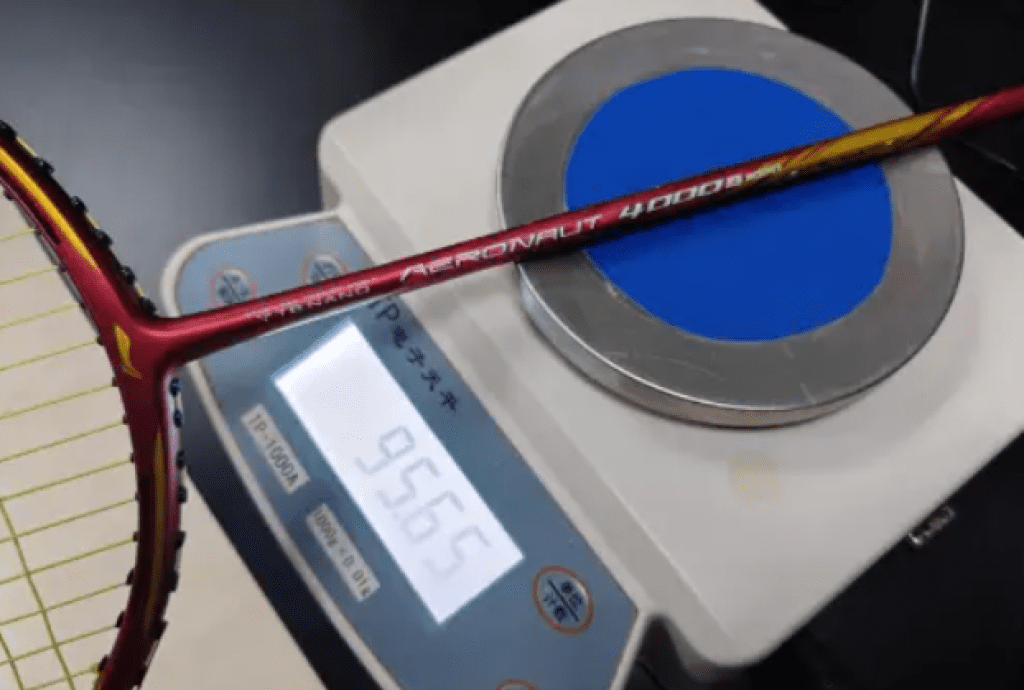
The 3U weight might discourage some players, but honestly, wanting a racket that is from a big brand, looks good, and is both powerful and fast—come on, be realistic. Although it’s a 3U, the AERONAUT series focuses on control, and for the B-suffix model, the 293mm balance point is quite friendly. It feels solid in hand and doesn’t suffer from excessive swing weight that makes it hard to handle. The 72-hole string bed ensures a large sweet spot. While the swing speed isn’t outstanding, the two air vents still provide a smooth feeling during swings, so be content with that.
Try hitting some clears; for male players over 14, if you can’t get the shuttle to the baseline with proper technique, consider me defeated. The response of the shuttle on the string bed isn’t extremely crisp, with some dwell time indicating the shaft’s lower stiffness. But considering the robust shaft, it’s expected to have the common issue of a wooden feel, seen in many of Li-Ning’s previous models.
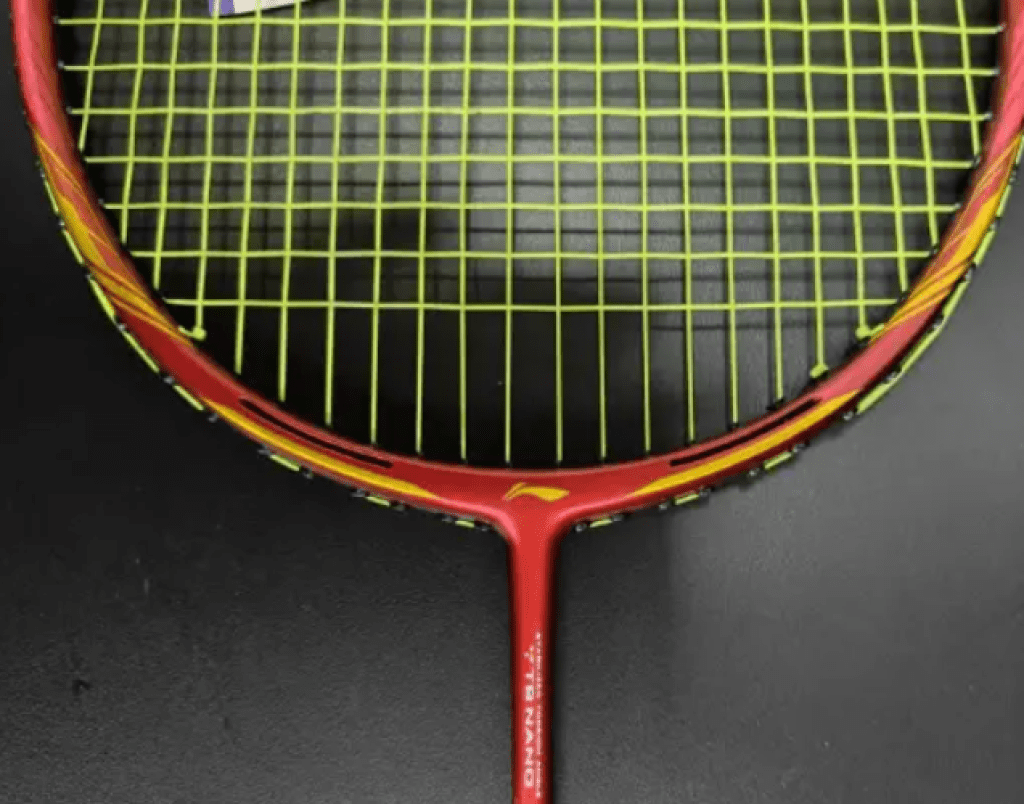
I haven’t had much time to get used to it before using it in a match.
Looking at it, the B represents a more balanced model in the family. Honestly, it reminded me of the feel of the AERONAUT 900B, even though the wind resistance and swing weight aren’t particularly low. It feels quite agile and stable for flat exchanges, making it not too difficult to handle, especially for a male mixed doubles player standing further back. Many shots under pressure can be handled with a backhand.
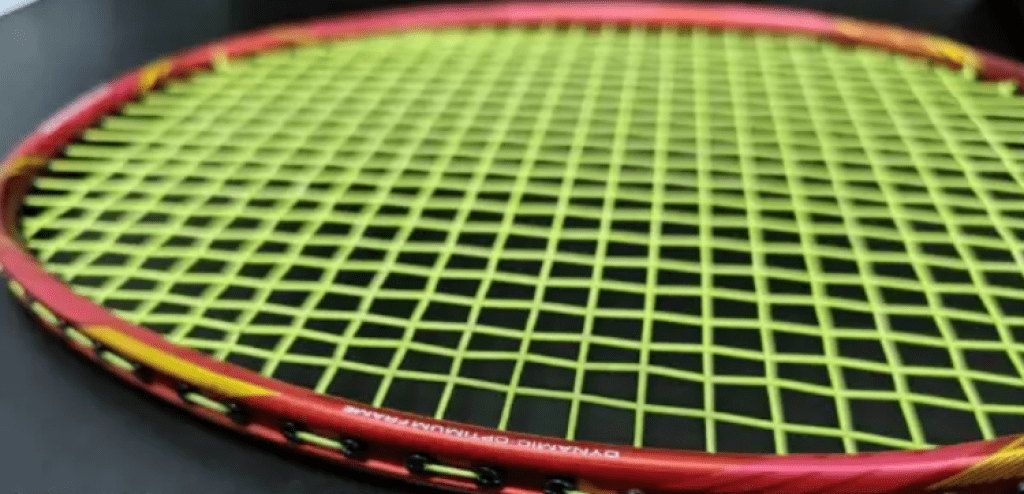
Not just for flat exchanges, the slightly tacky string bed of this racket also helps in delivering precise net shots or smashes that can turn defense into offense. It has a bit of a grip feel for handling small balls, and after adapting to the 4000B, I occasionally manage to replay from low positions or even challenge myself to practice transitioning from the back to the front.
Some players in my group find it slightly heavy. Generally, a heavier racket affects defense the most, but with the 4000B, I can still defend effectively—reach and retrieve shots, and smash hard without issue. Among 3U rackets, this one is quite friendly.
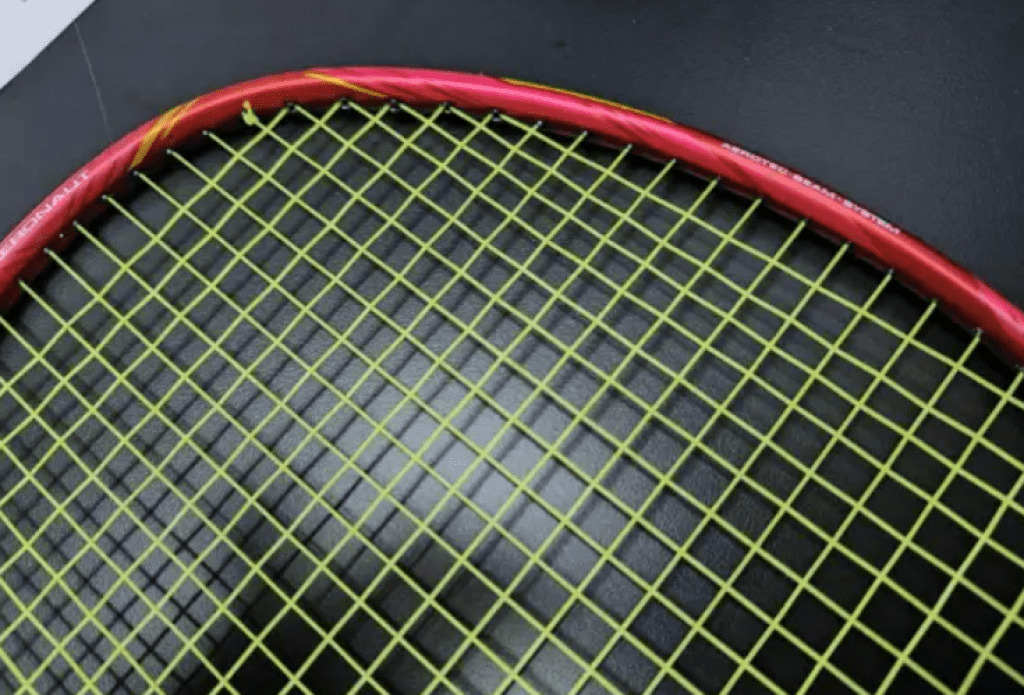
I know you like smashing. To be responsible, this racket is the most comfortable and efficient for smashes among all the rackets I tested on the day of the review. Compared to the Small Devil, it has a smaller backswing and follow-through; compared to the Speed 98K, its directional accuracy is higher; and compared to the NF800, it’s easier to drive. I’m not saying it’s better than the other three, but when I reached the high point, the AERONAUT 4000B really stood out. The feel at impact is solid, with fast and powerful smashes that are hard for opponents to return. The only discomfort was that the trajectory of the shuttle was flatter than with other rackets, perhaps due to its balanced setup. But the issue of not finding the high point is neither its fault nor an unadjustable problem. In terms of downward pressure, the AERONAUT 5000 offers a stronger sensation, but it’s not commonly used.
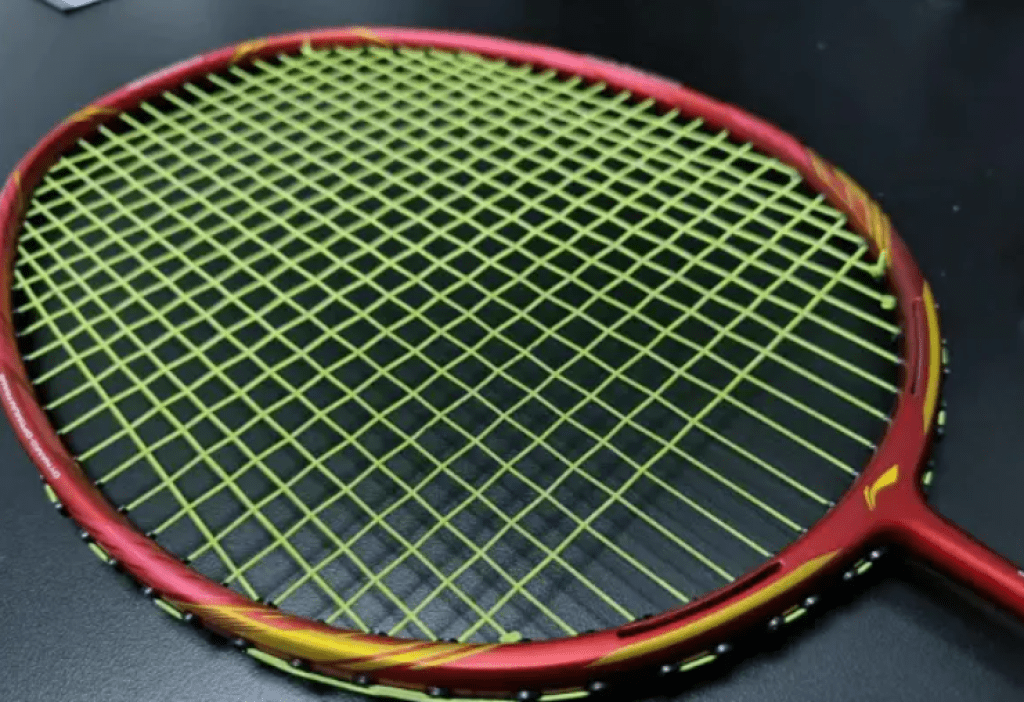
Here’s a tip: After a couple of strong smashes that make your opponent wary, a high clear and a drop shot work even better.
I understand many beginners prefer to use rackets from the major brands even before their skills are fully developed. They’re not looking for cost-effectiveness or high quality—just the brand logo gives them confidence against criticism. On top of that, if the racket is also aesthetically pleasing, that’s even better. And if it performs well, that’s perfect.
In my opinion, it’s possible, but you’ll need to spend more. Otherwise, consider the 4000B. It’s up to you.
